The tragic events of September 11, 2001, when terrorists hijacked commercial airliners and carried out coordinated attacks on the United States, shook the world and reshaped global geopolitics. However, alongside the mainstream narrative of terrorist actions, conspiracy theories alleging that 9/11 was an inside job orchestrated by elements within the U.S. government have persisted. These theories challenge the official account and propose alternative explanations for the events of that fateful day. Here, we delve into the origins, beliefs, and controversies surrounding the 9/11 inside job conspiracy theories.
1. Origins and Assertions
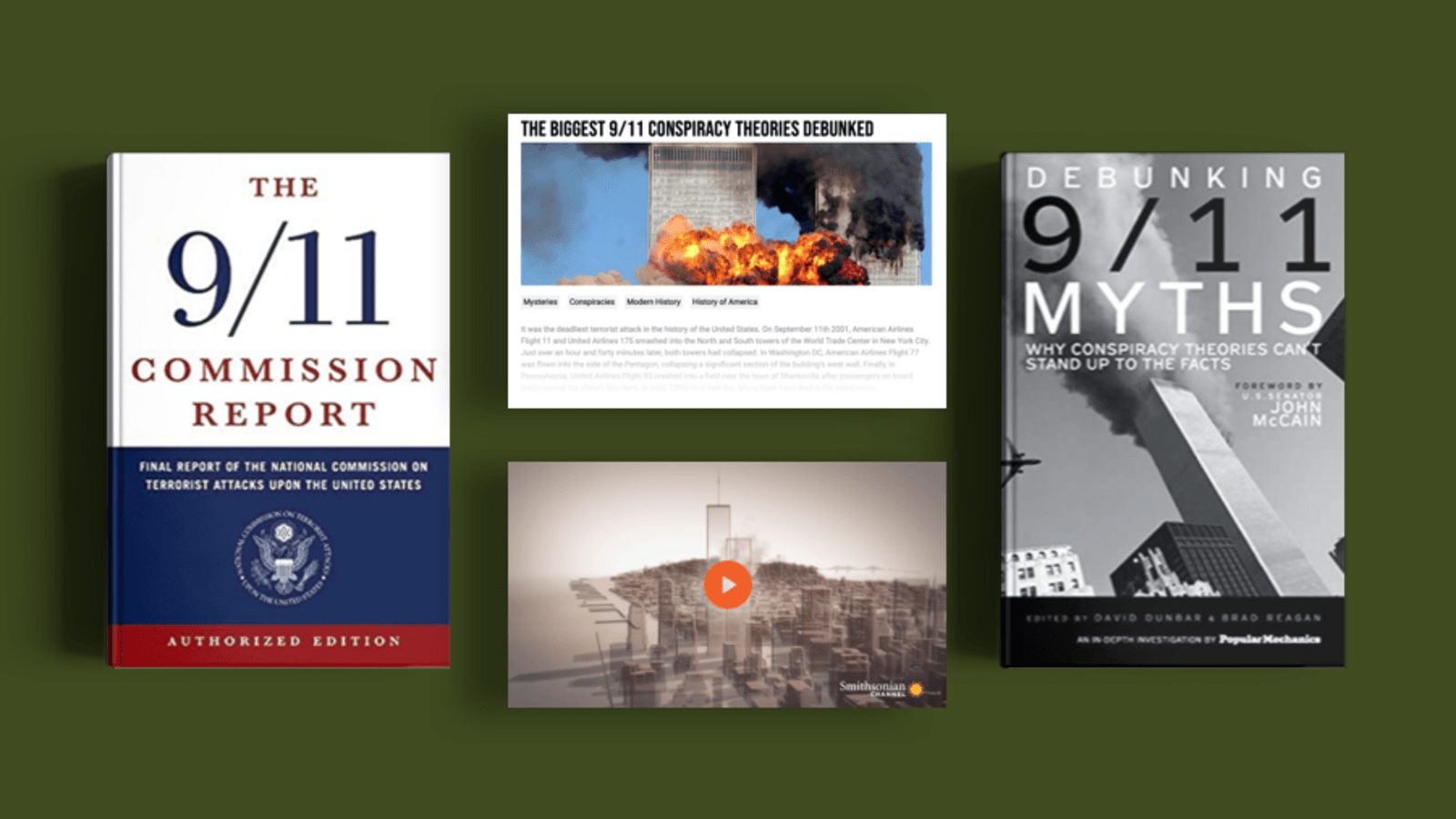
The core assertion of the 9/11 inside job conspiracy theories is that the attacks were not solely the work of Islamist extremists but involved complicity or active participation by government agencies or other powerful entities. Proponents of these theories argue that elements within the U.S. government, particularly high-ranking officials or intelligence agencies, orchestrated or allowed the attacks to occur as a pretext for advancing geopolitical agendas.
Claims range from allegations of controlled demolition of the World Trade Center (WTC) towers using explosives planted in the buildings beforehand to assertions that the Pentagon attack was staged or facilitated to justify military interventions abroad. The theories also question the official narrative regarding the collapse of WTC Building 7, which was not struck by an airplane but fell later in the day.
2. Evidence and Anomalies
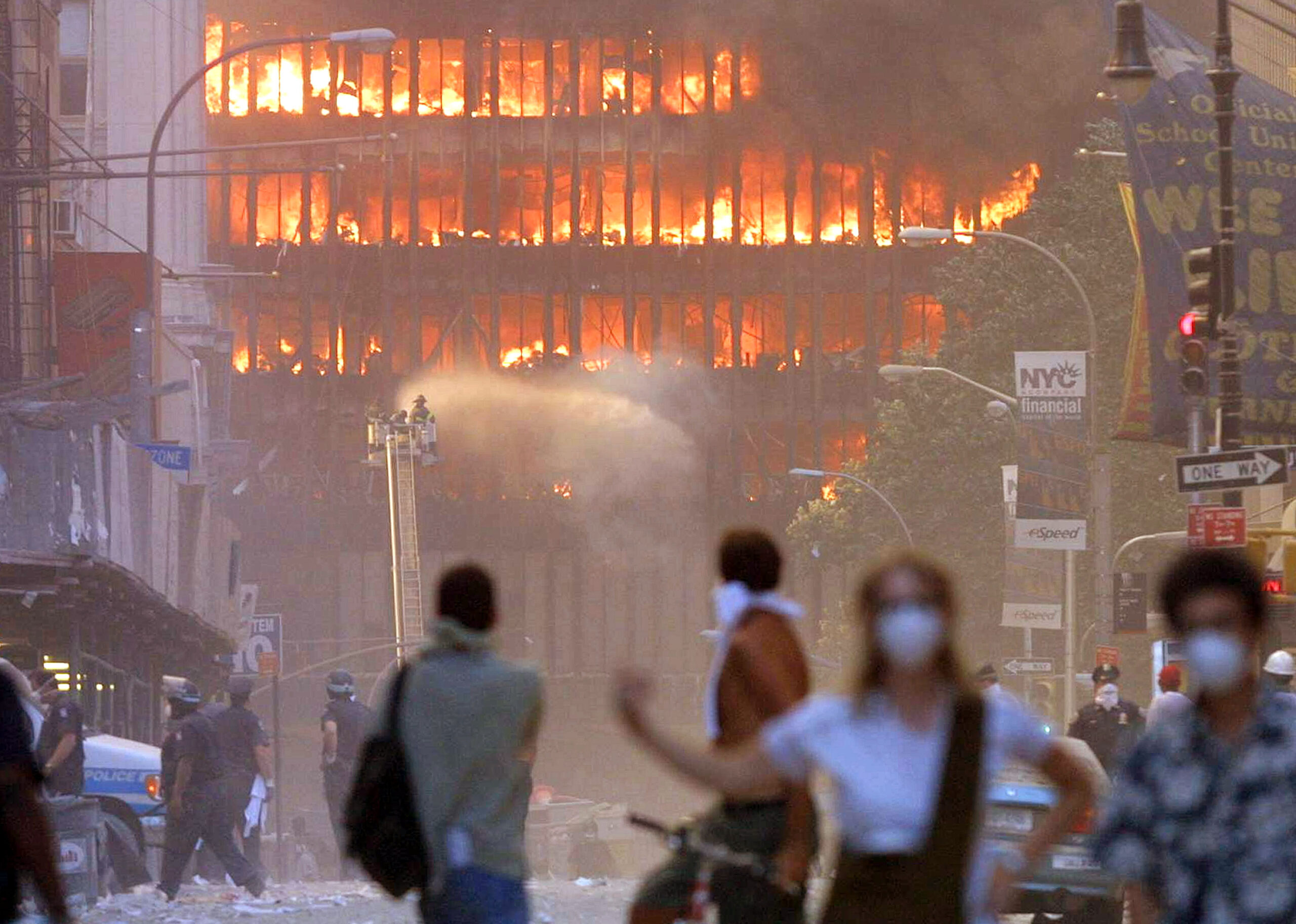
Conspiracy theorists point to perceived anomalies and inconsistencies in the events of 9/11 to support their claims. They cite eyewitness testimonies describing explosions and flashes in the WTC towers before their collapse, as well as analyses of video footage allegedly showing signs of controlled demolition. Questions about the speed and symmetry of the towers’ collapse, similarities to controlled demolition patterns, and the presence of molten metal in the debris are often cited as evidence contradicting the official explanation of structural failure due to fire.
Additionally, skeptics of the official narrative question the response times of military and governmental agencies on 9/11, suggesting delays or stand-down orders that allowed the attacks to proceed unimpeded. The failure to intercept the hijacked airplanes in a timely manner and the alleged inadequacy of the official investigation, particularly the 9/11 Commission Report, are also sources of contention among conspiracy theorists.
3. Motives and Alleged Perpetrators
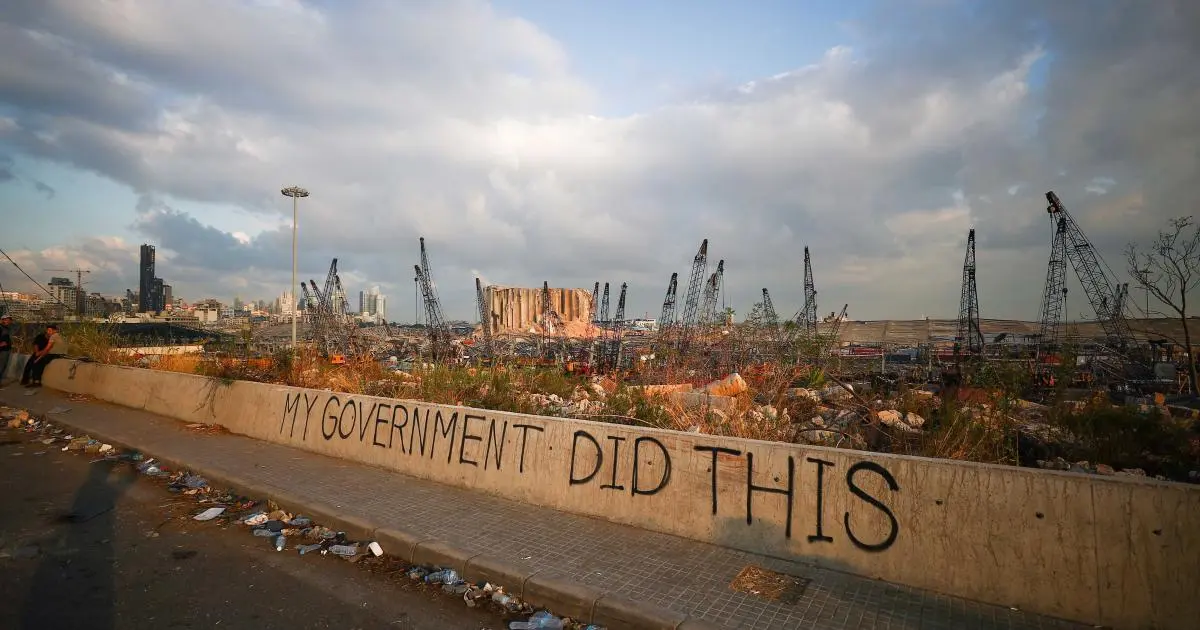
Conspiracy theories about the 9/11 inside job propose various motives for alleged government involvement. These include justifications for military interventions in the Middle East, expansion of government surveillance powers (e.g., the Patriot Act), and economic benefits to defense contractors and industries. Proponents argue that the attacks served as a catalyst for the “war on terror” and reshaped domestic and foreign policies in ways that benefited certain political and corporate interests.
Alleged perpetrators in these theories range from rogue elements within intelligence agencies to members of the U.S. administration at the time. Theorists often point to individuals with connections to defense and intelligence sectors, as well as beneficiaries of post-9/11 policies, as potential architects of the alleged conspiracy.
4. Debunking and Criticism
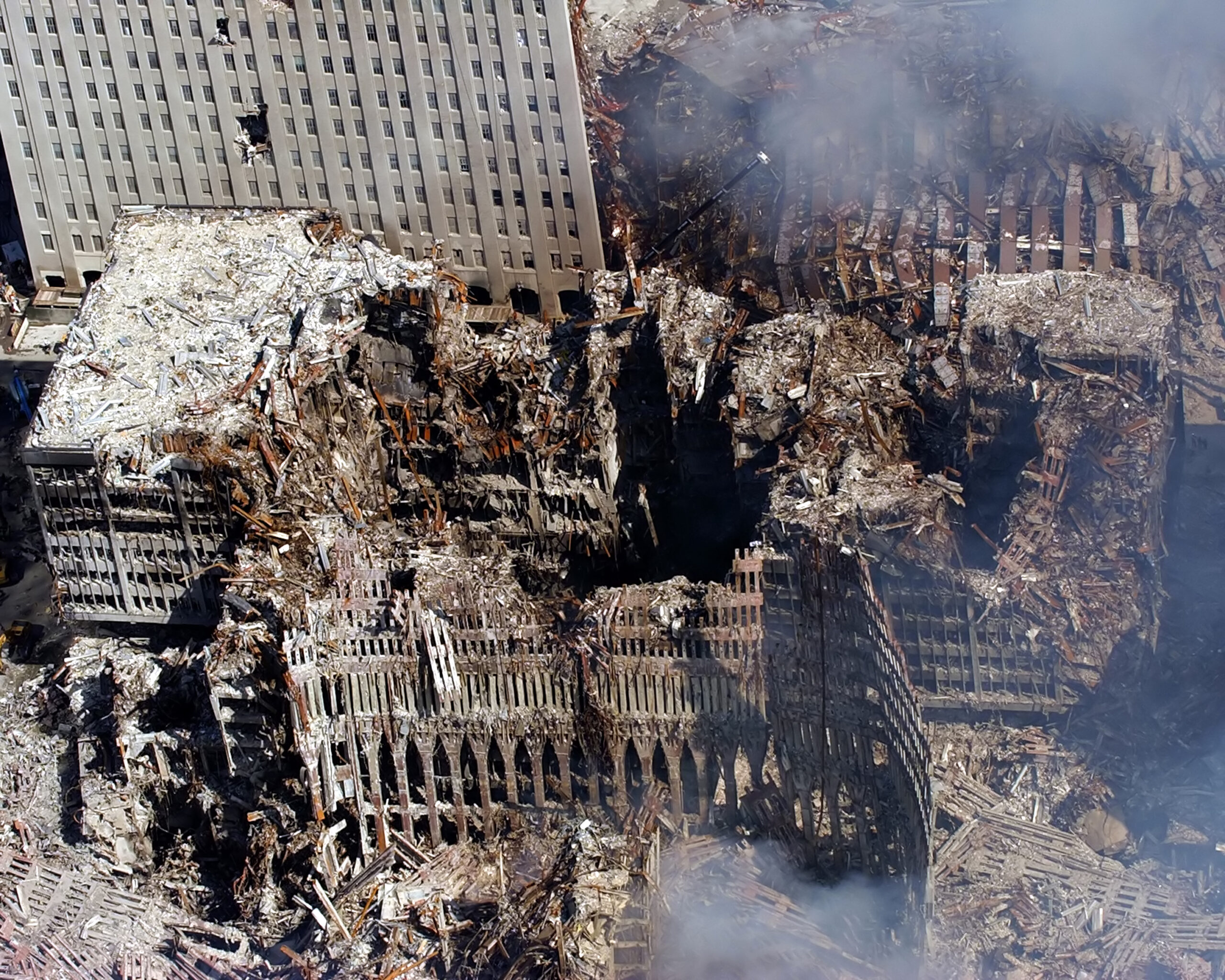
Mainstream experts, including engineers, architects, and government officials involved in the investigations, strongly refute claims of a 9/11 inside job. Scientific analyses of the collapse of the WTC towers attribute it to the impact of the airplanes and subsequent fires weakening the buildings’ structural integrity, causing progressive collapse—a phenomenon well-documented in structural engineering.
Critics argue that conspiracy theories about 9/11 rely on cherry-picked evidence, misinterpretations of data, and the omission of crucial context to support preconceived conclusions. They emphasize the rigor of the investigations conducted by independent experts, government agencies, and international organizations, which collectively support the conclusion that the attacks were carried out by Islamist extremists acting independently.
5. Impact and Legacy
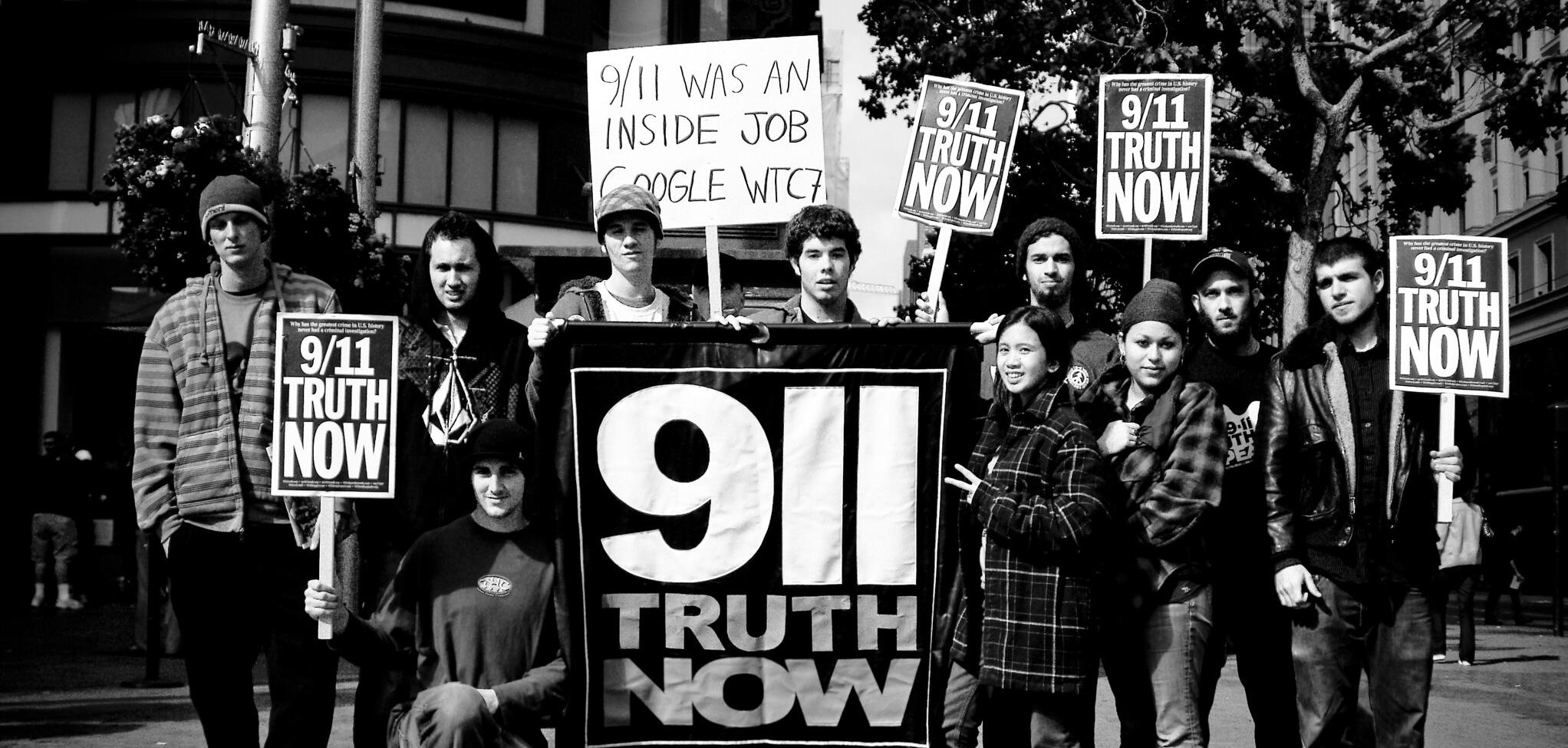
The persistence of 9/11 inside job conspiracy theories underscores broader issues of trust in government, media, and official narratives in contemporary society. These theories have influenced public discourse, fueled skepticism towards authority, and contributed to political polarization. They also highlight the role of alternative media and online platforms in disseminating and perpetuating controversial beliefs, despite the overwhelming consensus among experts and the lack of credible evidence supporting conspiracy claims.
Efforts to counter 9/11 inside job theories include educational initiatives, fact-checking campaigns, and public outreach aimed at promoting critical thinking and media literacy. By addressing misconceptions, providing accurate information, and fostering open dialogue, these efforts seek to mitigate the impact of conspiracy theories on public perception and historical understanding.
Conclusion
The controversy surrounding the 9/11 inside job conspiracy theories reflects deep-seated anxieties, skepticism towards authority, and the complex dynamics of information dissemination in the digital age. While the events of September 11, 2001, continue to evoke profound emotions and geopolitical consequences, the overwhelming body of evidence supports the conclusion that the attacks were perpetrated by Islamist extremists. Understanding and addressing the persistence of conspiracy theories about 9/11 requires nuanced approaches that respect differing perspectives while upholding the integrity of empirical evidence and historical truth.




